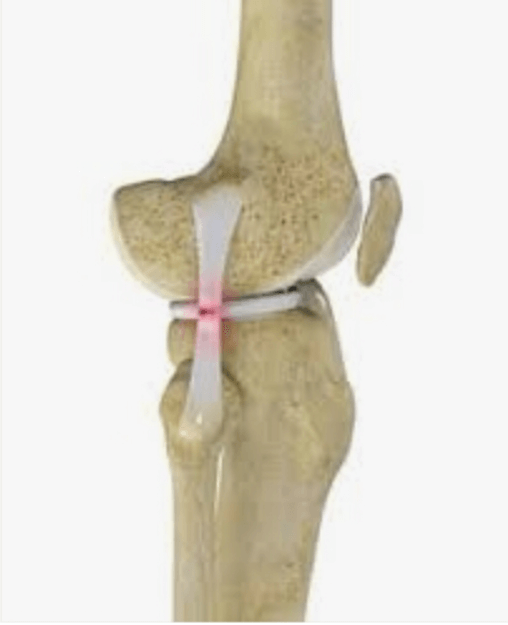-
Mon - Sat
08:00am - 08:00pm

The lateral collateral ligament (LCL) is the ligament located in the knee joint. Ligaments are thick, strong bands of tissue that connect bone to bone. The LCL runs along the outside of the knee joint, from the outside of the bottom of the thighbone to the top of the lower-leg bone. The LCL helps keep the knee joint stable, especially the outer aspect of the joint.
An injury to the LCL could include straining, spraining, and partially or completely tearing any part of that ligament. The main cause of LCL injuries is direct-force trauma to the inside of the knee. This puts pressure on the outside of the knee and causes the LCL to stretch or tear.

Its difficult to prevent knee ligament injuries because they’re often a result of an accident or unforeseen circumstance. However, several preventive measures can help minimize the risk of a knee ligament injury, including: